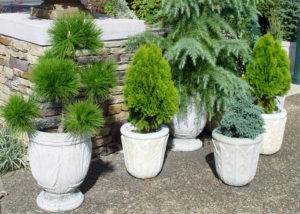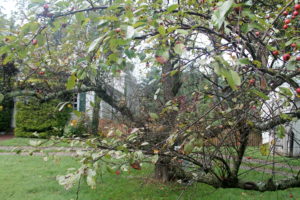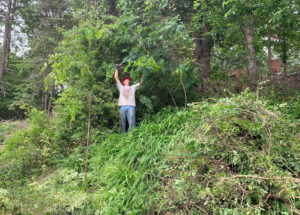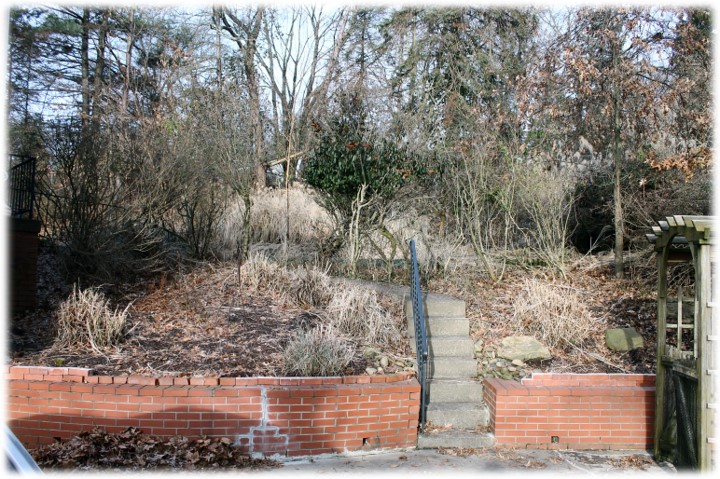The 10 Most Important Things I’ve Learned about Gardening
November 23rd, 2021
I’ve been digging and planting and caring for plants for more than 40 years now, and in that time I’ve managed to learn a few things about gardening.
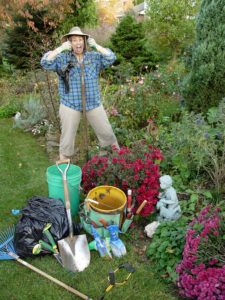
For good or bad, a garden is never done.
I thought I’d share the 10 most important…
1.) A garden is never done. Just about the time you think you have a garden exactly the way you want it, along comes a deer, an ice storm, a new bug, or any of a train-load of issues that can derail everything.
I’ve learned to expect the unexpected, roll with the punches, and look at “re-do’s” as part of the ongoing equation. Besides, if everything were done and perfect, what would we do out there?
2.) Know that plants are going to die. We all kill plants. That’s also part of the equation and will happen for various reasons no matter how much we know or how many “right” things we do.
I’ve come to look at dead plants as a great source of learning to do better next year.
3.) Be patient. Gardening isn’t a good match for those who like instant results.
Plants take time to grow to their prime, and that’s usually measured in years… and in the case of trees, decades.
I’ve learned that gardening is more about the process than the results. When you look at it that way, it’s much more enjoyable.








